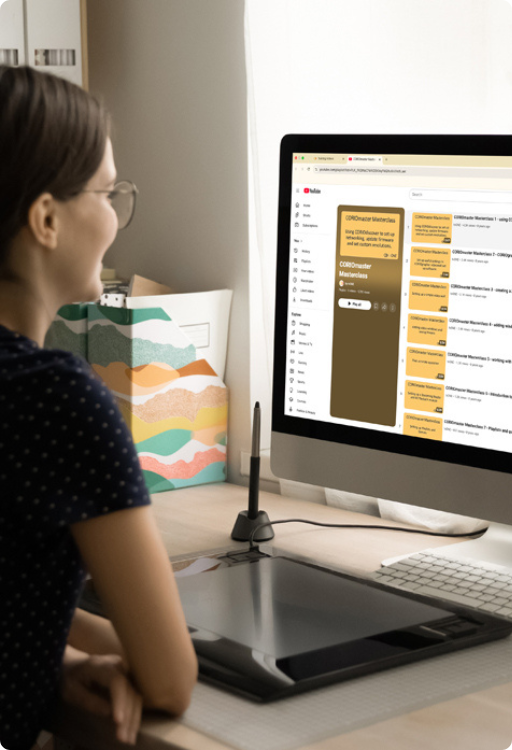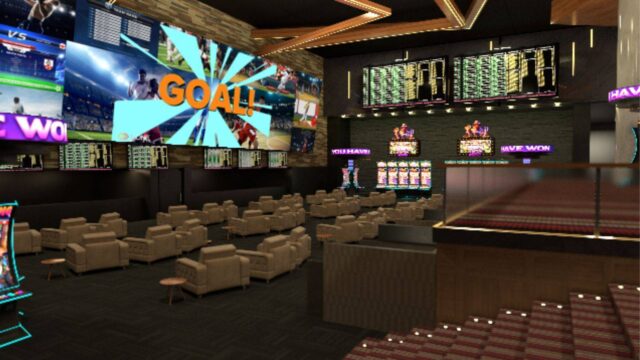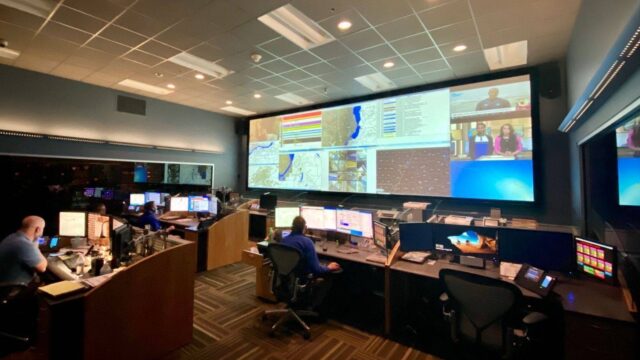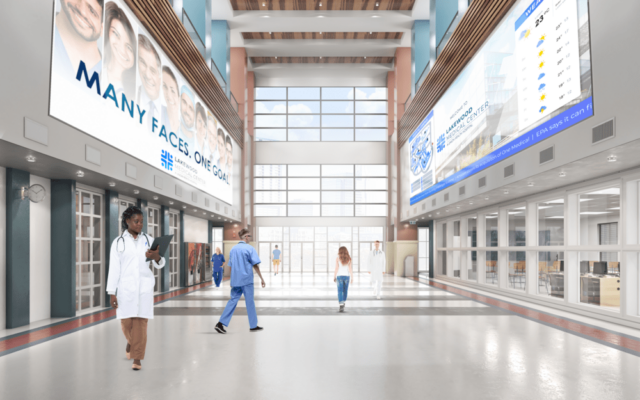
Training & Support
Expert knowledge at your fingertips
Advanced support for AV professionals. Fast response, deep technical guidance, and reliable performance to keep projects running smoothly and systems at peak.





resources
Discover the resources that drive your success.
Support Site
Access our Support Site to find FAQs, download the latest software, or submit a support ticket for personalized help.
Onsite Training
This isn’t just classroom talk — you’ll work directly with CALICO PRO video processors, learning how to configure, troubleshoot, and fine-tune each install for real-world success.
Video Guides
Free learning resources with real-time demonstrations and expert-led explanations, designed to make complex AV solutions easier to understand and apply.
Events & Webinars
Gain real-world insights through live product demos and expert connections, while learning time-saving techniques and exploring new solutions to stay ahead in pro AV.
Ongoing Support
Our support doesn’t stop at scripted answers. Our global teams walk clients through real-world configurations, firmware updates, and integration issues for complex multi-system environments.
Level Up with
Pixel Academy
Our new training program is here! Join us in person for hands-on learning, expert guidance, and real-world applications. Don’t miss your chance to grow your skills and connect with others in the field.
“This was a tremendous effort by all concerned. The extraordinarily strong trust that exists between tvONE, Intronics and their client, is what makes a feat like this possible.”
Alan Greenfield, Regional Sales Manager at tvONE
Expert insights & ideas
-

Blog
5 Ways to Create Your Next End-to-End Casino SolutionVisiting a casino is no longer just about gambling as today’s guests expect to be entertained throughout their…
-

Blog
6 Things to Know About Video ProcessingWhen it comes to choosing your next video processor, you will be confronted with a large choice of…
-

Blog
Elevate the Visual ExperienceElevated visual experiences Influence the services that you offer, guest behavior, and direct visitors with wayfinding information, and…

A team of experts
ready to help
Our experienced sales team is here to guide you every step of the way. We listen first, respond fast, and tailor every recommendation to your unique needs.
Contact Sales

